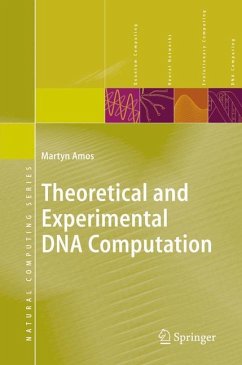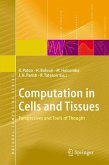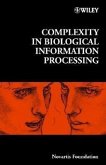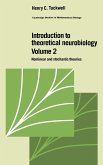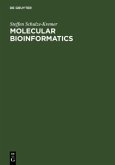This book provides a broad overview of the entire field of DNA computation, tracing its history and development. It contains detailed descriptions of all major theoretical models and experimental results to date and discusses potential future developments. It concludes by outlining the challenges currently faced by researchers in the field. This book will be a useful reference for researchers and students, as well as an accessible introduction for those new to the field.
DNA computation has emerged in the last ten years as an exciting new - search ?eld at the intersection (and, some would say, frontiers) of computer science,biology,engineering,andmathematics.AlthoughanticipatedbyFe- man as long ago as the 1950s [59], the notion of performing computations at a molecular level was only realized in 1994, with Adleman's seminal work [3] on computing with DNA. Since then the ?eld has blossomed rapidly, with signi?cant theoretical and experimental results being reported regularly. Several books [120, 39] have described various aspects of DNA compu- tion, but this is, to the author's best knowledge, the ?rst to bring together descriptions of both theoreticaland experimentalresults.The targetaudience is intentionally broad, including students as well as experienced researchers. We expect that users of the book will have some background in either c- puter science, mathematics, engineering, or the life sciences. The intention is that this book be used as atutorial guide for newcomers to the ?eld as well as a reference text for people already working in this fascinating area. To this end, we include two self-contained tutorial chapters (1 and 2), which convey only those aspects of computer science and biology that are required to understand the subsequent material.
DNA computation has emerged in the last ten years as an exciting new - search ?eld at the intersection (and, some would say, frontiers) of computer science,biology,engineering,andmathematics.AlthoughanticipatedbyFe- man as long ago as the 1950s [59], the notion of performing computations at a molecular level was only realized in 1994, with Adleman's seminal work [3] on computing with DNA. Since then the ?eld has blossomed rapidly, with signi?cant theoretical and experimental results being reported regularly. Several books [120, 39] have described various aspects of DNA compu- tion, but this is, to the author's best knowledge, the ?rst to bring together descriptions of both theoreticaland experimentalresults.The targetaudience is intentionally broad, including students as well as experienced researchers. We expect that users of the book will have some background in either c- puter science, mathematics, engineering, or the life sciences. The intention is that this book be used as atutorial guide for newcomers to the ?eld as well as a reference text for people already working in this fascinating area. To this end, we include two self-contained tutorial chapters (1 and 2), which convey only those aspects of computer science and biology that are required to understand the subsequent material.
From the reviews: "Biomolecular computing, also known as DNA computing, has been a subject of research and scientific conversations for little over a decade. ... Amos has made an effort to bring ... the book closer to both theoreticians and the experimentalists. ... I found Amos's writing style very forthcoming, clear and friendly. It was a pleasure to read the book. ... Any graduate student or a researcher without prior knowledge about biomolecular computing ... will find this book informative, and a great introduction to the subject." (NataSa Jonoska, Genetic Programming and Evolvable Machines, Vol. 7, 2006) "Amos describes the major theoretical models in common usage, and reports on the experimental implementations thereof. ... the value of this book is twofold. First, it serves as a good primer on this emerging field for the novice reader. Second, it provides an account of the author's contributions to the field ... . I would recommend the book to researchers in the field, and to graduate students ... as well as to those readers who are simply interested in the topic." (John Fulcher, Computing Reviews, April, 2006) "The book is an overview of DNA computing. It touches both theoretical and experimental aspects. ... The book is a good introduction to DNA computing for both new researchers, and readers having general interests." (Maulik S. Dave, SIGACT News, Vol. 39 (2), 2008)

